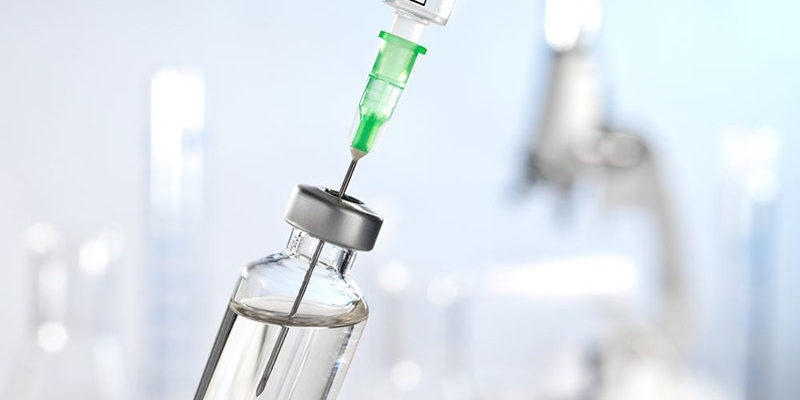Australian healthcare industry’s workers are in constant risk of acquiring different types of diseases due to mishandling of medical sharps like needles and syringes. These blood-borne diseases are something not to be ignored since they can easily cause major health complications. Fortunately, these diseases are preventable with precautionary measures.
The diseases one could acquire from medical sharps are serious. If a healthcare worker fails to properly handle and dispose medical sharps, he or she can be exposed to different types of blood-borne infectious diseases like HIV/AIDS, Hepatitis B, Hepatitis C, among other serious health complications. This is why it is extremely important for healthcare industry employers to ensure their workers with safe and healthy workplace in order to prevent them from contracting such deadly diseases.
In Australia, healthcare-related guidelines and policies are in effect to protect workers from contracting diseases due to wrong handling and disposal of medical sharps. Pursuant to the National Code of Practice for the Control of Work-related Exposure to Hepatitis and HIV (blood-borne) Viruses, medical industry employers are asked to practice all safety measures to assure employees with occupational safety and health. The main goal of the Code is to minimize if not totally eliminate the exposure of workers to clinical, animal, and other waste products during handling, movement, storage, and disposal of medical sharps used in the workplace, such as hypodermic needles, lancets, scalpel blades, and intravenous (IV) lines.
Basically, the National Code of Practice for the Control of Work-related Exposure to Hepatitis and HIV (blood-borne) Viruses proposes the following safety measures to minimize if not eliminate exposure of workers to blood-borne diseases like Hepatitis and HIV/AIDS due to poor handling, storage and disposal of used medical sharps:
- Used medical sharps may be contaminated by blood-borne viruses and should be disposed using a yellow receptacle. The receptacle should be labeled with the words “MEDICAL WASTE – INCINERATE” and should carry the universal biohazard symbol.
- Medical sharps like intact syringes and needles, and cut IV cannulae lines must be disposed immediately to avoid exposure of workers to possibly contaminated sharps.
- When disposing medical sharps, they should not be carried going to the sharps container, and instead, the container should be brought to the sharps for disposal. By doing this, the worker need not to walk carrying sharps, which minimizes chances of accidentally pricking someone with it.
- Sharps container should always be present in work areas where medical sharps are usually used. This will allow workers to have an easier time disposing used sharps without having to walk going to designated disposal area.
- Sharps container should be resistant to puncture, shattering, and moisture. It should also be able to withstand harsh handling, protecting the used sharps inside it.
- The containers used for used sharps should conform to the Australian Standard (AS) 4031 Non-reusable containers
Blood-borne diseases are easy to contract if you don’t know how to properly and safely handle, store, and dispose medical sharps. Proper disposal of used sharps is a common practice in the Australian healthcare industry but this does not assure every worker safety, which is why it is important for companies’ managements to enforce proper sharps disposal guidelines, ensuring employees’ safety.
Healthcare industry employers in Australia should subscribe to the recommendations and guidelines set by the government and respected independent healthcare-related agencies to ensure workers’ safety. Employers must realize that workers have the right to a healthy and safe workplace, which is why it is extremely essential for them to implement safety measures and policies promoting workplace safety, keeping their workers away from exposure to deadly and serious blood-borne diseases like Hepatitis and HIV/AIDS.
Originally posted 2014-05-12 21:00:31.
